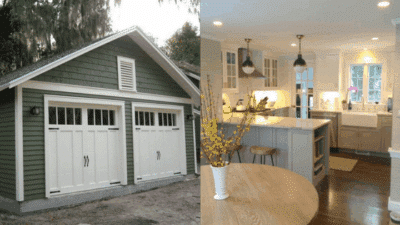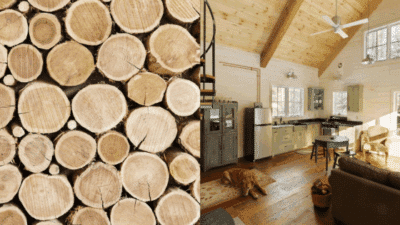Planning a property project can feel overwhelming. Whether you’re building your dream home or developing land for investment, there’s so much to think about. Where do you start? What should you prioritize? How do you avoid costly mistakes?
Here’s the truth: successful property development isn’t about luck. It’s about careful planning, making informed decisions, and working with the right people. You need to consider everything from location and energy efficiency to construction materials and budget management.
This guide will walk you through the essential aspects of property planning, helping you make smart choices at every stage of your project.
Finding the Right Location and Acquisition Process

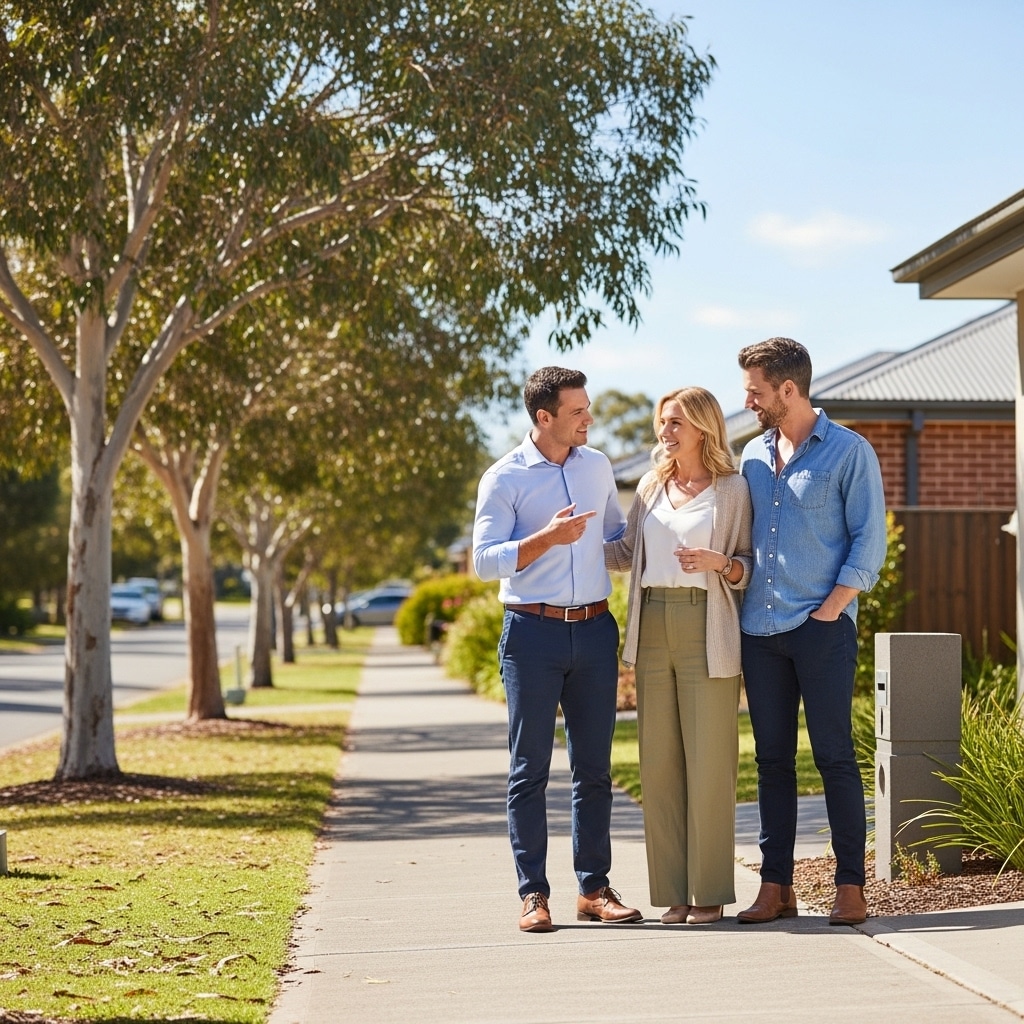
Understanding Property Markets and Locations
Location isn’t just about finding a nice neighborhood. It’s about understanding what makes a property valuable both now and in the future. You need to look at growth trends, infrastructure development, and the overall vibe of the area.
Think about your lifestyle needs. Are you looking for coastal living, city convenience, or rural peace? Each location comes with different advantages. Coastal areas offer lifestyle benefits but may have stricter building regulations. City properties provide convenience but often come at a premium. Rural land gives you space and freedom but might mean longer commutes.
Don’t forget to research local amenities, schools, transport linksSolar Panels & Installation Services Dandenong, and future development plans. These factors significantly impact property value and your quality of life.
Navigating the Property Acquisition Journey
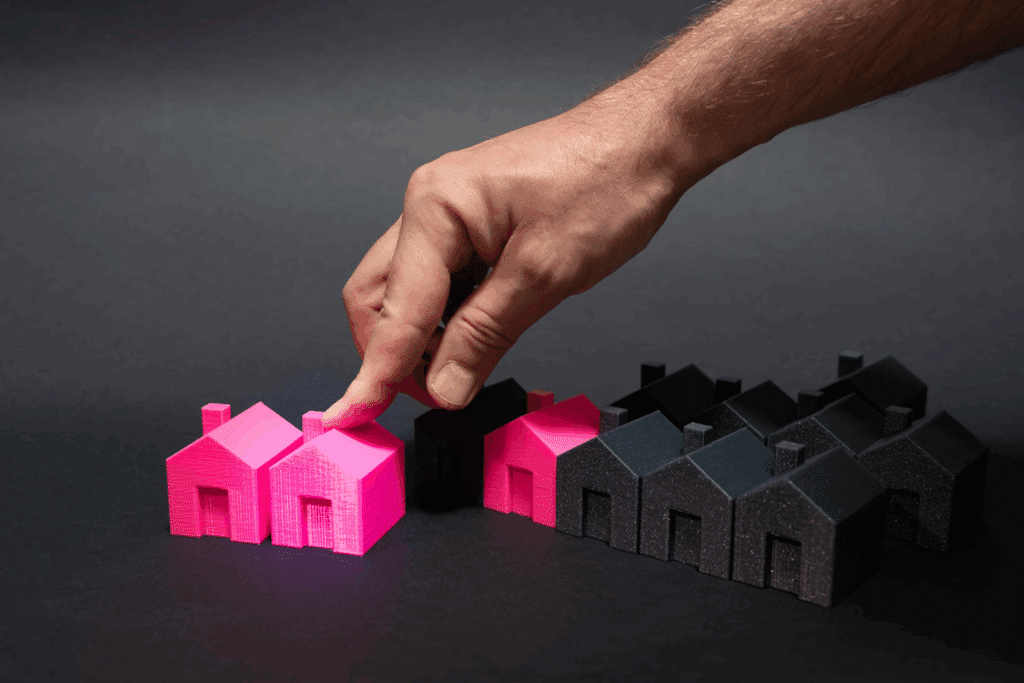
Source: https://unsplash.com/photos/a-hand-is-pointing-at-a-small-pink-house-SC-MOJotQyc
Buying property is probably one of the biggest financial decisions you’ll make. That’s why getting expert help matters so much. A professional real estate buyers agent can save you time, money, and stress by helping you identify properties that truly match your development goals while avoiding potential pitfalls you might not even know to look for.
These professionals understand market conditions, know how to negotiate effectively, and can spot red flags that inexperienced buyers might miss. They’ll help you understand property valuations and guide you through the due diligence process.
Make sure you also understand the legal side of things. Get proper building and pest inspections, review zoning regulations, and ensure the property suits your intended use. Taking shortcuts here can lead to expensive problems down the track.
Sustainable Energy Solutions for Modern Properties
Integrating Renewable Energy Systems
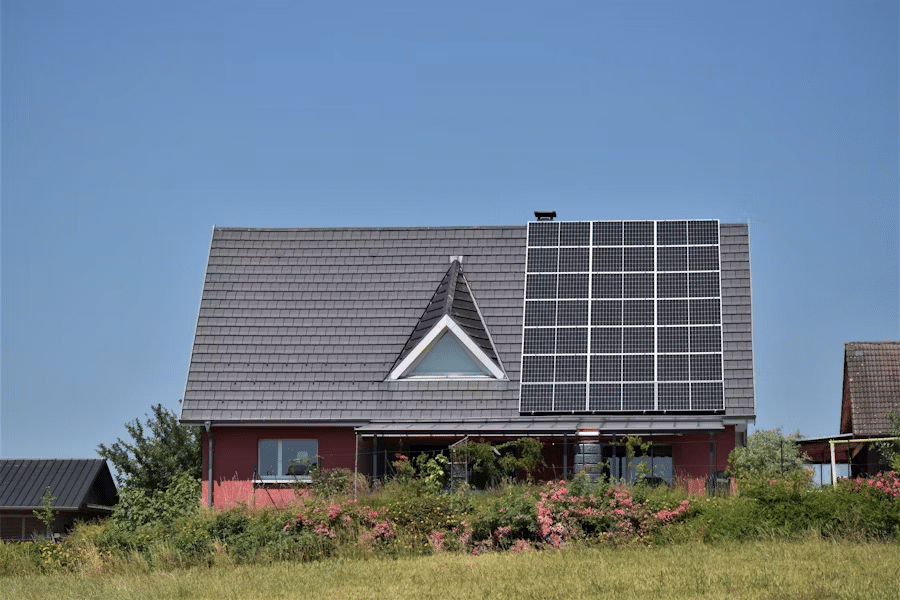
Source: https://unsplash.com/photos/a-house-with-a-solar-panel-on-the-roof-tt8HJ8tx8Mo
Sustainability isn’t just a buzzword anymore. It’s a practical consideration that affects your ongoing costs and property value. More buyers are looking for energy-efficient homes, and for good reason—they’re cheaper to run and better for the environment.
Renewable energy options have become much more accessible and affordable in recent years. The technology has improved dramatically, and government incentives often make these investments even more attractive.
When considering renewable energy, think about your property’s location and climate. Different regions have different energy needs and opportunities. For instance, Solar Panels & Installation Services Dandenong and similar regional providers can offer tailored solutions that match your specific climate conditions and energy requirements.
The upfront investment might seem significant, but the long-term savings often justify the cost. Plus, you’re adding value to your property while reducing your carbon footprint.
Energy Efficiency Design Principles
Beyond renewable energy, think about how your property’s design affects energy consumption. Simple decisions during the planning stage can make a huge difference to your ongoing comfort and costs.
Property orientation matters more than most people realize. Positioning your home to maximize natural light and ventilation can dramatically reduce heating and cooling needs. North-facing living areas in the southern hemisphere capture winter sun while staying cooler in summer.
Consider window placement, eave design, and landscaping. Strategic use of deciduous trees provides summer shade while allowing winter sun through. These passive design principles cost little but deliver ongoing benefits.
Planning Functional Outdoor Spaces and Structures
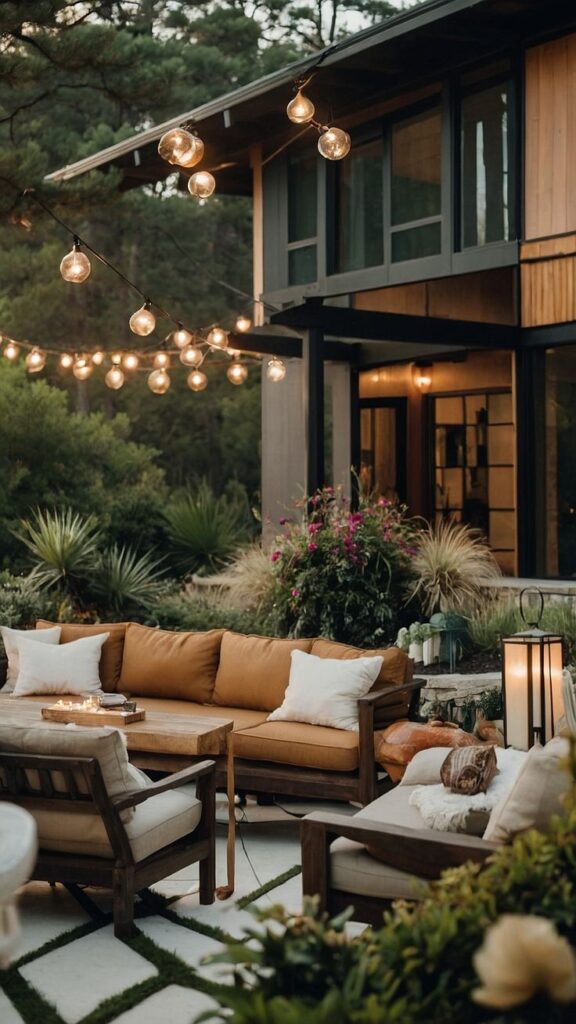

Designing Multi-Purpose Outdoor Areas
Your outdoor spaces deserve as much planning attention as your indoor areas. They’re extensions of your living space and can significantly enhance your lifestyle.
Think about how you’ll actually use these areas. Do you need entertaining spaces, play areas for kids, or quiet garden retreats? Maybe you want a productive vegetable garden or outdoor workshop. Define these needs early so you can design accordingly.
Don’t overlook practical considerations like drainage, irrigation, and maintenance requirements. Poor drainage can cause serious problems, while thoughtful irrigation systems keep gardens healthy without wasting water.
Additional Structures for Lifestyle Needs

Source: https://unsplash.com/photos/a-patio-with-a-couch-and-a-table-in-it-lCmZqcHM-OY
Many properties benefit from additional structures beyond the main house. These might include storage sheds, workshops, carports, or hobby spaces. Each serves a specific purpose and adds functionality to your property.
If you’re planning a rural or semi-rural property, you might need agricultural structures too. Those with equestrian interests should consider proper facilities—quality horse shelter options provide safe, comfortable accommodation for livestock while complementing your property’s overall design.
Remember that outbuildings often require permits and must comply with local regulations. Check these requirements before you start building to avoid complications later.
Selecting Advanced Construction Materials and Techniques
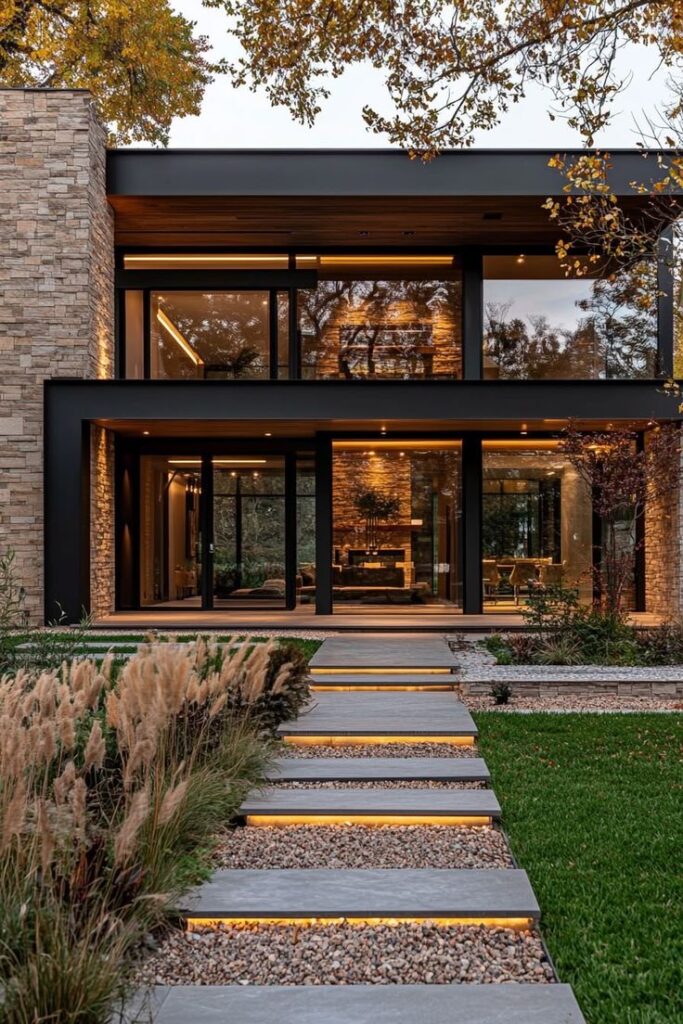

Modern Building Materials for Better Performance
Construction technology has advanced significantly in recent years. Today’s building materials offer better performance, durability, and sustainability than ever before.
When selecting materials, think long-term. Cheaper options might save money initially but cost more in maintenance and replacement over time. Weather-resistant, low-maintenance materials often prove more economical in the long run.
Consider your local climate too. Coastal properties need materials that withstand salt and moisture, while inland areas might prioritize fire resistance or extreme temperature performance.
Innovative Insulation and Climate Control
Source: https://unsplash.com/photos/a-wooden-bench-covered-in-snow-next-to-a-forest-qDxAHXhJi-w
Proper insulation is absolutely crucial for comfort and energy efficiency. It keeps your home warm in winter, cool in summer, and significantly reduces energy bills year-round.
Modern insulation technology offers impressive performance improvements over traditional methods. Options like spray foam to fill void cavity walls provide superior thermal performance and air sealing compared to conventional insulation materials. These advanced techniques eliminate gaps and thermal bridges that compromise traditional insulation systems.
Don’t forget about ventilation and moisture control. Even the best insulation won’t perform properly if moisture problems exist. Your building envelope needs to breathe appropriately while maintaining thermal efficiency.
Budget Management and Timeline Considerations

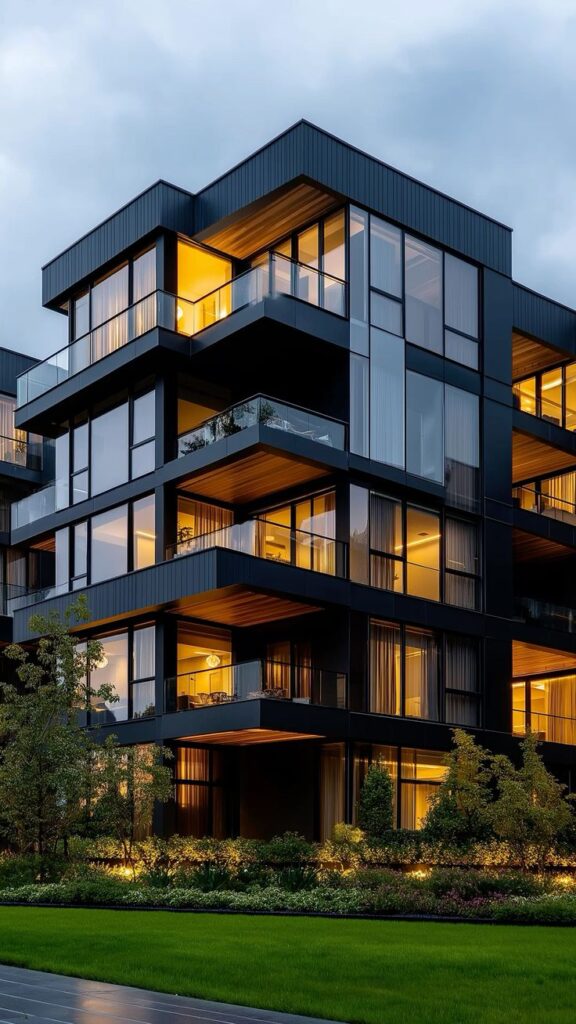
Creating Realistic Financial Plans
Let’s talk about money. Property projects almost always cost more than initial estimates, so build contingency into your budget from the start. Most experts recommend adding at least 10-15% for unexpected expenses.
Break down costs into categories: land acquisition, design and approvals, construction, finishes, and landscaping. This helps you see where money goes and where you might be able to adjust if needed.
Explore different financing options too. Construction loans work differently from standard mortgages, and understanding your options helps you make better financial decisions.
Establishing Practical Timelines
Source: https://unsplash.com/photos/white-and-brown-concrete-building-hHz4yrvxwlA
Property projects take time—usually more time than you expect. Weather delays, material shortages, and permit processing all affect schedules.
Build buffer time into your timeline. If contractors say three months, plan for four. This reduces stress and allows for inevitable delays without derailing your entire project.
Coordinate trades carefully. Some work can’t start until other work finishes. Good project management keeps everything moving forward efficiently. Working with experienced Port Macquarie builders or qualified construction professionals in your region who understand local conditions and have established supplier relationships can significantly streamline the construction process and help avoid common pitfalls.
Conclusion
Property planning doesn’t have to be overwhelming when you break it down into manageable steps. Start with thorough research, work with experienced professionals, and make informed decisions at each stage.
Remember that good planning now prevents expensive problems later. Take time to consider all aspects—location, sustainability, functionality, materials, and budget. Each decision builds toward your ultimate goal: creating a property that meets your needs and stands the test of time.
Don’t rush the process. Thoughtful planning is the foundation of every successful property project. Start gathering information, consulting with experts, and developing your vision today.
FAQs
How far in advance should I start planning a property development project?
Start planning at least six to twelve months before you want to begin construction. This gives you time for proper research, design work, permit applications, and contractor selection. Complex projects or those in areas with strict planning regulations may need even longer.
What are the most common mistakes in property planning?
The biggest mistakes include underestimating costs, skipping proper due diligence, choosing the cheapest option instead of the best value, and failing to plan for long-term maintenance. Many people also overlook important factors like orientation, drainage, and future resale value.
Do I need different professionals for various stages of development?
Yes, typically you’ll work with several specialists. This might include buyers agents, architects or designers, builders, engineers, surveyors, and various trade contractors. Each brings specific expertise that’s crucial for different project stages.
How can I ensure my property development is sustainable?
Focus on energy efficiency through proper insulation, renewable energy systems, and passive design principles. Choose durable, low-maintenance materials. Consider water conservation through rainwater harvesting and efficient irrigation. Work with professionals who understand sustainable building practices.
- 0shares
- Facebook0
- Pinterest0
- Twitter0
